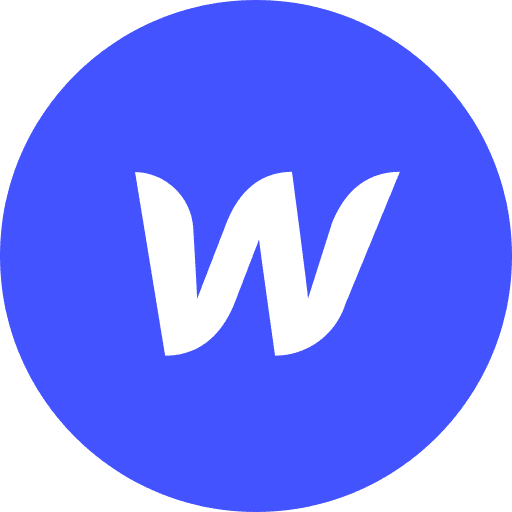Safeway
Co-led a human-centered redesign of Safeway’s self-checkout kiosk, using heuristic evaluations and user testing to simplify navigation, enhance discount clarity, and improve overall user satisfaction.
1915
Retail
$80.4 billion (2024)
325,000+
Challenge
Safeway self-checkout kiosks allow customers to scan, bag, and pay for their groceries without assistance from a cashier. While these kiosks aim to streamline the checkout process, users often face challenges such as scanning errors, unclear payment steps, and usability issues that lead to frustration and delays. The goal of this redesign was to enhance the self-checkout experience by addressing these pain points, improving efficiency, and making the interface more intuitive for users of all backgrounds. The following are the three main problems that we aimed to solve
Confusing and Redundant Search Experience
Usability testing data
Solutions and Wireframes
Research Methods Applied
Heuristic Evaluation
We analysed the usability of Safeway’s self-checkout kiosk using Jakob Nielsen’s 10 usability heuristics. Each issue was rated on a severity scale from 0 to 4, helping us identify key pain points. The examples shared above highlight some of the major usability concerns uncovered during this assessment.
Cognitive Task Analysis
To understand the user journey, we asked participants to complete a simple task: “Add your club card details and purchase a red bell pepper.”
At each step, we observed:
Tools and materials required
User decision points
Available perceptual cues
Prior knowledge expected
Situational awareness demands
Read Full Report Here
User Persona's
User Journey Map
Success of Redesign
Usability testing with three user types showed about a 40% faster checkout time. Although the environment differed from actual Safeway checkout areas, users adapted quickly to the new UI, flow, and interactions, reducing confusion and errors.
Conclusion
The Safeway Kiosk redesign successfully addressed the usability issues, resulting in a more intuitive and user-friendly experience. The improved UX/UI design led to increased user adoption, engagement, and satisfaction, demonstrating the value of a well-designed template for UX designers.































